When a healthcare facility is undergoing construction mold, microbes and other airborne particles can be introduced into the environment, but when a climate control solution is used, humidity is dramatically reduced, hindering the growth of construction-related mold, bacteria and other contaminants, according to an article on the MarketScale website.
Using the HVAC system to keep a construction site dry can be ineffective. Further, the additional power necessary to keep construction materials dry can overburden the equipment.
Specifically designed and optimized to prevent moisture-related issues at any construction site, temporary dehumidification systems typically use less energy than permanent HVAC equipment, helping to ensure these systems are not overtaxed and remain free of construction-related contaminants and dust.
During a hospital construction project, humidity control can help ensure fewer losses and setbacks during the construction process, leading to a more efficient and cost-effective workflow.
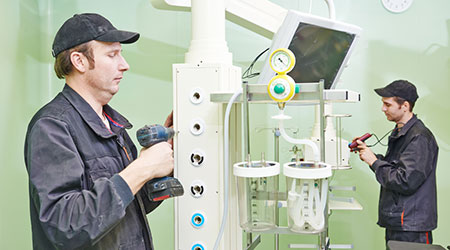
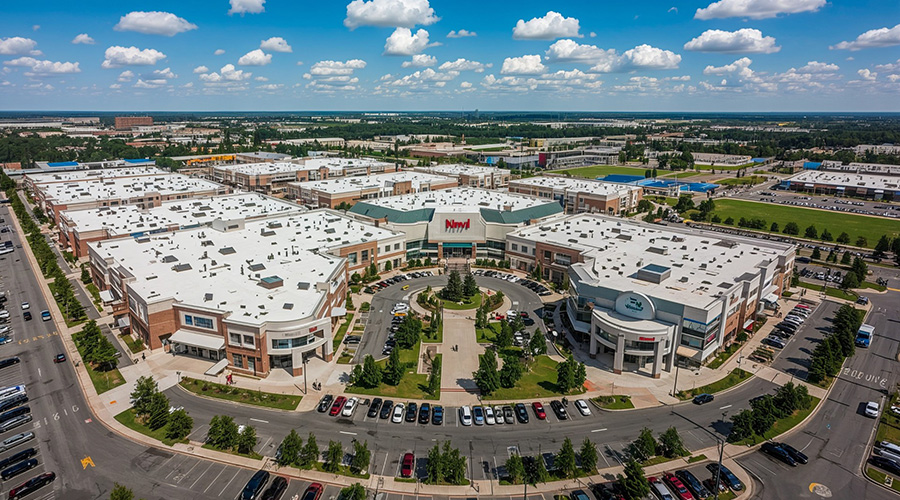 Healthcare Is the New Retail
Healthcare Is the New Retail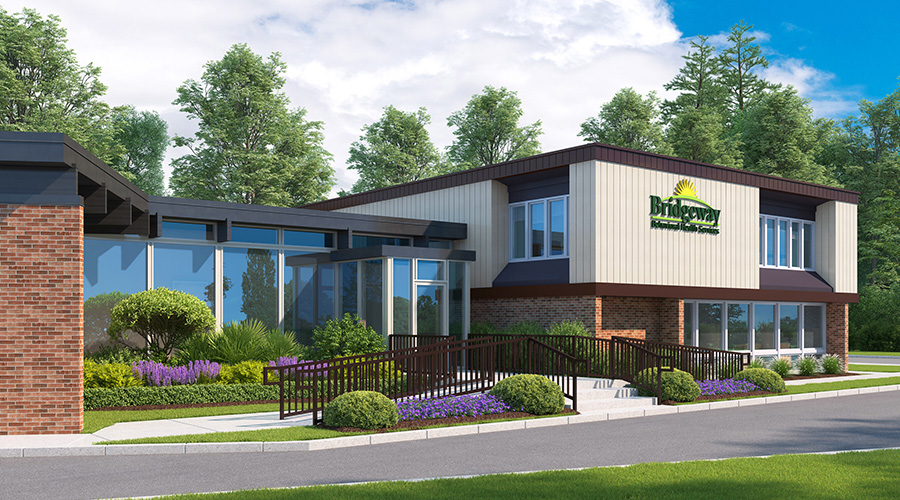 Bridgeway Behavioral Health Services Launches Campaign to Renovate Health Center
Bridgeway Behavioral Health Services Launches Campaign to Renovate Health Center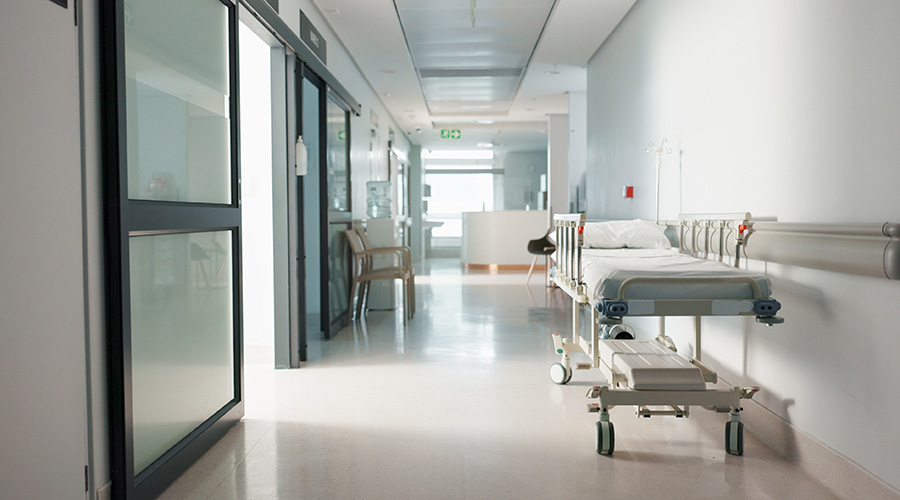 Ground Broken for New North Dakota State Hospital
Ground Broken for New North Dakota State Hospital AI Usage for Healthcare Facilities
AI Usage for Healthcare Facilities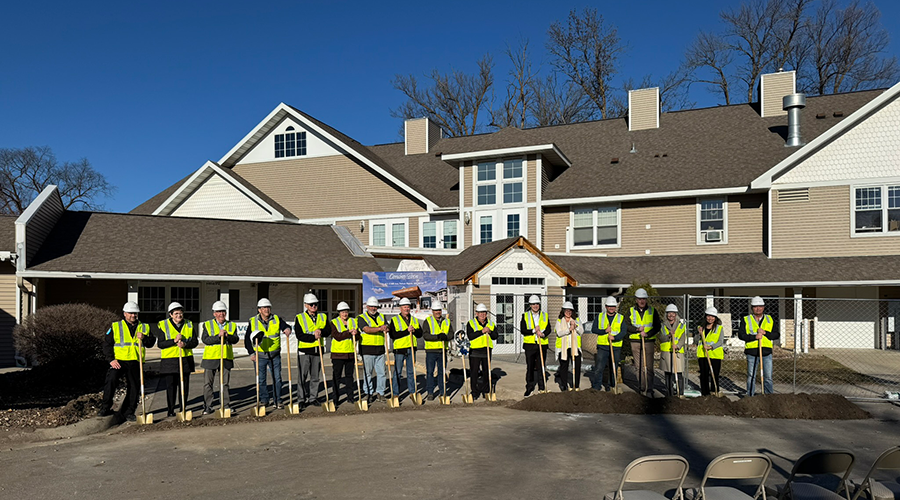 Ground Broken on Pelican Valley Senior Living Modernization Project
Ground Broken on Pelican Valley Senior Living Modernization Project